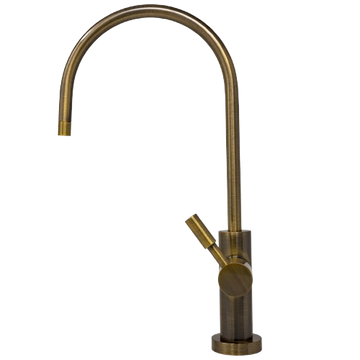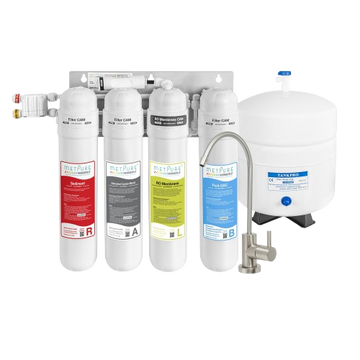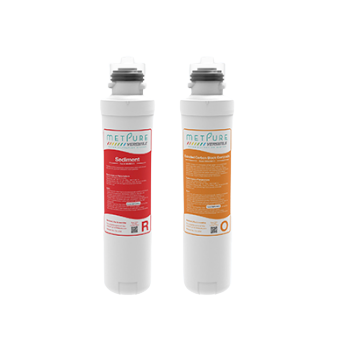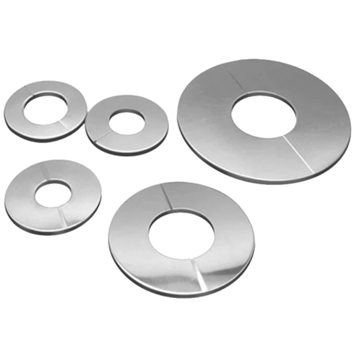Overview
The importance of sturdy fittings in plumbing, electrical, or mechanical installations cannot be emphasized. These fixtures, which are frequently disregarded, are what keep our homes, workplaces, and businesses operating. It is critical to comprehend their crucial position in guaranteeing longevity, safety, and efficient operations.
The Value of Sturdy Fittings
The unsung heroes of our infrastructure are robust fittings. The longevity of various components, such as plumbing system pipes, electrical connectors in wiring, and mechanical couplings in machinery, has a direct effect on the effectiveness and security of our daily tasks.
Avoiding Problems and Guaranteeing Security
Durable fittings are essential for preventing possible problems and risks, not just for ease. Plumbing fixtures that are strong can stop leaks and water damage, while electrical connections lessen the possibility of fires or other electrical problems. Long-lasting mechanical components improve machinery efficiency and dependability while cutting down on maintenance expenses and downtime.
This article delves into professional tactics and advice to guarantee the durability and dependability of fixtures in mechanical, electrical, and plumbing systems. Understanding and putting into practice these procedures can help you choose the right materials, install them correctly, and maintain them regularly. Tips have a big impact on how safe and effective your installations are.
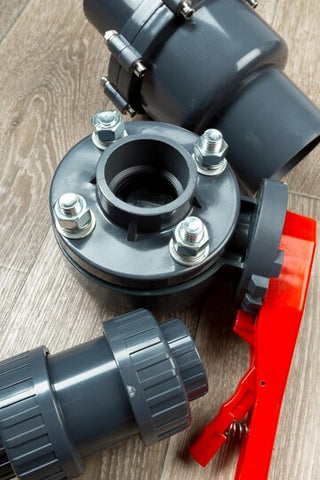
Importance of Appropriate Installation
Plumbing Installations: Accurate measurements, clean cuts, and secure connections are all part of using the right installation methods for plumbing fixtures. Leaks are avoided, and a watertight seal is guaranteed when pipes are joined and cut with the proper instruments and according to manufacturer specifications. Precision and attention to advised protocols are necessary for techniques like solvent welding for PVC pipes and soldering for copper pipes.
Electrical Installations: Adhering to safety regulations and electrical codes, correctly stripping wires, making tight connections with the right connectors, and installing electrical fittings correctly are all important installation techniques. To stop loose connections or shorts, it's crucial to use methods like correct wire bending, wire nuts or crimp connectors, and firmly securing electrical boxes.
Installations for Mechanical Systems: In mechanical systems, fitting assembly accuracy is essential. Maintaining good component alignment, utilizing the right tools, and adhering to torque specifications all help to avoid stress, fatigue, and failure in mechanical fittings. Leaks and mechanical failures are less likely when certain techniques are used, such as applying thread sealants, using the right gaskets, and checking alignment.
Particular Rules and Optimal Methods
Respect for Manufacturer Instructions: It's important to abide by the manufacturer's instructions and rules when it comes to particular fittings. This entails being aware of the torque specifications, installation procedures, and any specific methods or equipment that are advised for best results.
Attention to Detail: The lifetime and dependability of fittings are greatly impacted by paying close attention to every detail during installation, including clean surfaces, correct alignment, and the use of the appropriate installation procedures.
Appropriate Testing & Inspection: Following installation, careful testing and examinations guarantee that fittings operate as planned. Plumbing pressure testing, electrical continuity tests, and mechanical functioning tests all aid in the early detection and correction of such problems.
Making Certain Professional Installation
While some chores can be installed by hand, it is always better to obtain expert assistance for complex structures or those needing specialist understanding. Experts in following industry guidelines and best practices, certified personnel guarantee accurate fitting installation and long-term dependability. Maintaining plumbing, electrical, and mechanical systems on a regular basis is essential to maximizing the longevity and reliability of fixtures. In order to ensure continuing functionality and the early detection of potential faults, routine checks and inspections must be implemented.
Maintaining Longevity: Regular upkeep is a preventative step that can the fittings' longevity. Frequent maintenance reduces deterioration, delaying premature failures and lengthening the installations' overall lifespan.
Early Problem Identification: Planned inspections allow for the prompt detection of wear, corrosion, leaks, or loose connections. Early identification enables timely intervention, preventing little problems from growing into larger ones that could interfere with operations.
Advice for Continual Examinations and Inspecting
Plumbing Installations: Check for leaks, corrosion, and water stains on a regular basis in pipes, joints, and fixtures. Look for any anomalies in the water pressure, moisture, or slow drains that might point to more serious problems.
Electrical Installations:
Examine the mechanical fittings in the mechanical installations. Throughout the operation, for indications of wear, misalignment, or strange noises. Lubricate moving parts and look for leaks or unusual performance, or pressure variations.
Regularity of Upkeep
Scheduled Checks: Create a maintenance plan in accordance with consumption trends, manufacturer guidelines, and local environmental factors. For future reference, keep regular records of inspections, repairs, and replacements.
The Value of Expert Upkeep
Although homeowners or property managers can do simple maintenance inspections, it is important to engage expert maintenance services periodically. Professionals with certifications are skilled at carrying out detailed examinations and maintenance duties, guaranteeing careful evaluations and conformity to industry norms.
Dealing with Typical Issues and Troubleshooting
It is not uncommon to have problems with mechanical, electrical, or plumbing fixtures. Having efficient troubleshooting techniques and knowledge of frequent problems can assist in addressing issues quickly, guaranteeing the continuous operation of the installations.
Typical Problems with Fittings
Plumbing Installations: Common problems include corrosion, blockages, low water pressure, and leaks. While clogs may be the consequence of obstructions in pipes or fittings, leaks may be caused by loose connections or deteriorating seals. The interplay of various metals in fittings may cause decomposition.
Electrical Installations: Circuit overloads, loose connections, and short circuits are common electrical issues. Potential problems with wiring, connections, or electrical panels may be indicated by these problems, which could result in flickering lights, power outages, or electrical shocks.
Mechanical Installations: Unusual noises made during operation, misalignment, and component wear are examples of common mechanical problems. Reduced efficiency, vibration, or leaks may be signs of issues with mechanical joints or fittings.
Techniques for Troubleshooting
- Plumbing troubleshooting: fixing leaks, tightening connections, or changing faulty parts and seals. Use plumbing snakes or drain cleaners to unclog drains. Replace deteriorated fittings and take anti-corrosion precautions to combat corrosion.
- Electrical troubleshooting: Tighten terminals to locate and fix loose connections. Examine the wiring for any damage, then replace the impacted parts. To handle circuit overloads and guarantee load limit compliance, use circuit breakers.
Conclusion:
In summary, fittings' durability and dependability are critical to preserving the efficiency and security of mechanical, electrical, and plumbing systems. By putting these expert suggestions into practice, people may create the groundwork for reliable, durable, and effective systems that meet their needs.











